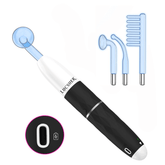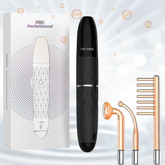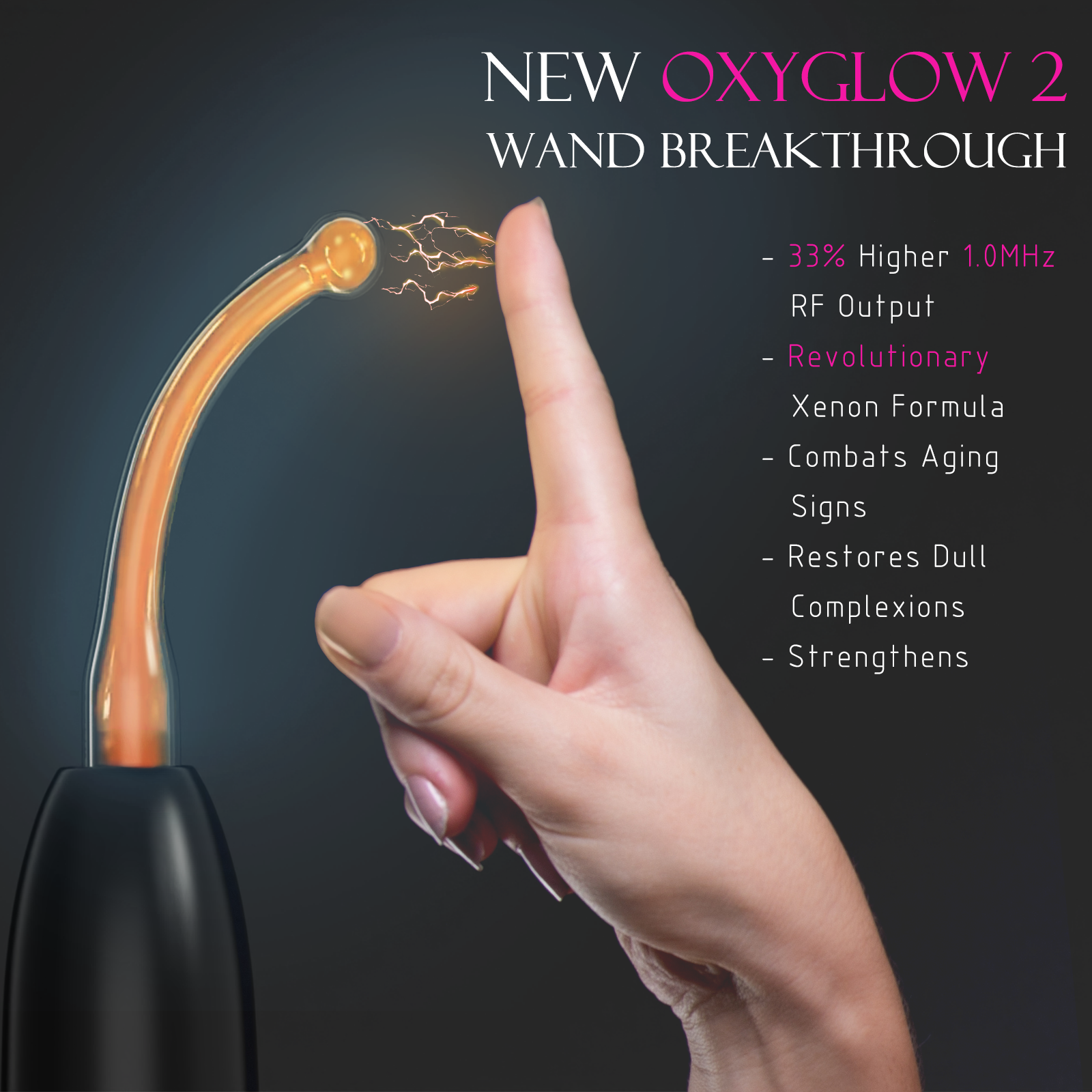Introduction to Skin Types and Textures
Understanding your unique skin type and texture is the first step to creating an effective skincare routine. There are five main skin types:
- Normal
- Oily
- Dry
- Combination
- Sensitive
Identifying your skin type depends on factors like oiliness, dryness, sensitivity, pore size, and elasticity.
Common skin textures include:
- Smooth
- Rough
- Bumpy
- Flaky
- Oily
- Wrinkled
Texture depends on genetics, sun exposure, hydration levels, and skincare habits. Combination skin may exhibit oily T-zones but dry cheeks. Sensitive skin is reactive and prone to irritation. Diagnosing your skin profile sets the foundation for targeted skincare.
Demystifying Primary Skincare Components
Cleansers to Purify and Refresh
Cleansers are the building blocks of skincare, removing dirt, oil, and impurities. Gel, cream, milk, and oil cleansers suit different skin types. Double cleansing boosts cleansing benefits for makeup removal. Choosing gentle cleansers prevents stripping natural moisture.
Toners to Restore pH Balance
Toners bring the skin’s pH to its ideal slightly acidic levels after cleansing. They provide an extra cleansing boost and infusion of hydrating ingredients. Avoid alcohol-based toners which can be harsh and drying. Hydrating and soothing toners enhance skincare absorption.
Serums to Target Specific Concerns
Serums are concentrated treatments targeting specific skincare needs like hydration, brightening, anti-aging, and acne prevention. Lightweight and fast-absorbing, serums penetrate deeply with active ingredients like:
- Hyaluronic acid
- Vitamin C
- Retinol
- Niacinamide
- Peptides
- Antioxidants
Moisturizers to Hydrate and Nourish
Moisturizers replenish hydration and reinforce the skin barrier. Look for moisturizers with humectants like glycerin and emollients like ceramides. Occlusives like petrolatum seal in moisture. The right moisturizer saves skin from dryness and environmental damage.
Eye Creams for Delicate Skin
The thinner skin around the eyes requires special nourishment from rich eye creams. Anti-aging eye creams may contain retinols and peptides to reduce fine lines and wrinkles. Look for brightening vitamin C and depuffing caffeine too. Pat gently when applying eye creams.
Sunscreen for Essential UV Protection
Daily sunscreen is non-negotiable for preventing premature skin aging and hyperpigmentation. Look for broad spectrum SPF 30 at minimum. Both mineral and chemical sunscreens can suit different skin types. Reapply every two hours of sun exposure for adequate protection.
Creating Targeted Skincare Routines
Dry and Dehydrated Skin Regimens
Dry, dehydrated skin lacks sufficient moisture and oils. Prioritize gentle cleansers, hydrating toners, and rich moisturizers. Look for hyaluronic acid and ceramides. Avoid foaming cleansers and exfoliants which can worsen dryness. Hydrating serums and facial oils boost moisture too. Humidifiers can help combat environmental dryness.
Oily and Acne-Prone Skin Regimens
Oily, acne-prone skin overproduces sebum often causing breakouts. Use oil-free gel cleansers and toners with witch hazel or salicylic acid. Clay masks help absorb excess oils. Light gel or water-based moisturizers prevent congestion. Retinoids, benzoyl peroxide, and niacinamide treat acne. Avoid thick, comedogenic products.
Anti-Aging and Mature Skin Regimens
Mature skin exhibits fine lines, wrinkles, dullness, and thinness. Gentle cleansers prevent irritation alongside peptide and retinol serums to stimulate collagen and reduce lines. Antioxidant and vitamin C serums help brighten uneven pigmentation. Rich moisturizers provide hydration. Sunscreen is crucial for preventing further aging.
Sensitive and Reactive Skin Regimens
Easily irritated, sensitive skin requires a minimal routine without fragrances, dyes, and harsh ingredients like alcohol. Physical sunscreens with mineral filters are less irritating than chemical ones. Calming, reparative ingredients like niacinamide, oat extract, aloe vera, and chamomile soothe inflammation. Avoid harsh scrubs or exfoliants.
Achieving Optimal Skincare Goals
Consistent routines with products tailored to your skin’s needs lead to visible improvements in texture, tone, firmness, and radiance. Allow 4-6 weeks when introducing new products to fully gauge efficacy. Enhance inherent glow with adequate sleep, water intake, nutrition, and exercise. Correct storage and application maximize product performance too. Seek professional advice for stubborn skincare issues unresolved by over-the-counter products. Committing to smart skincare pays long-term dividends for healthy, vibrant skin at every age.









